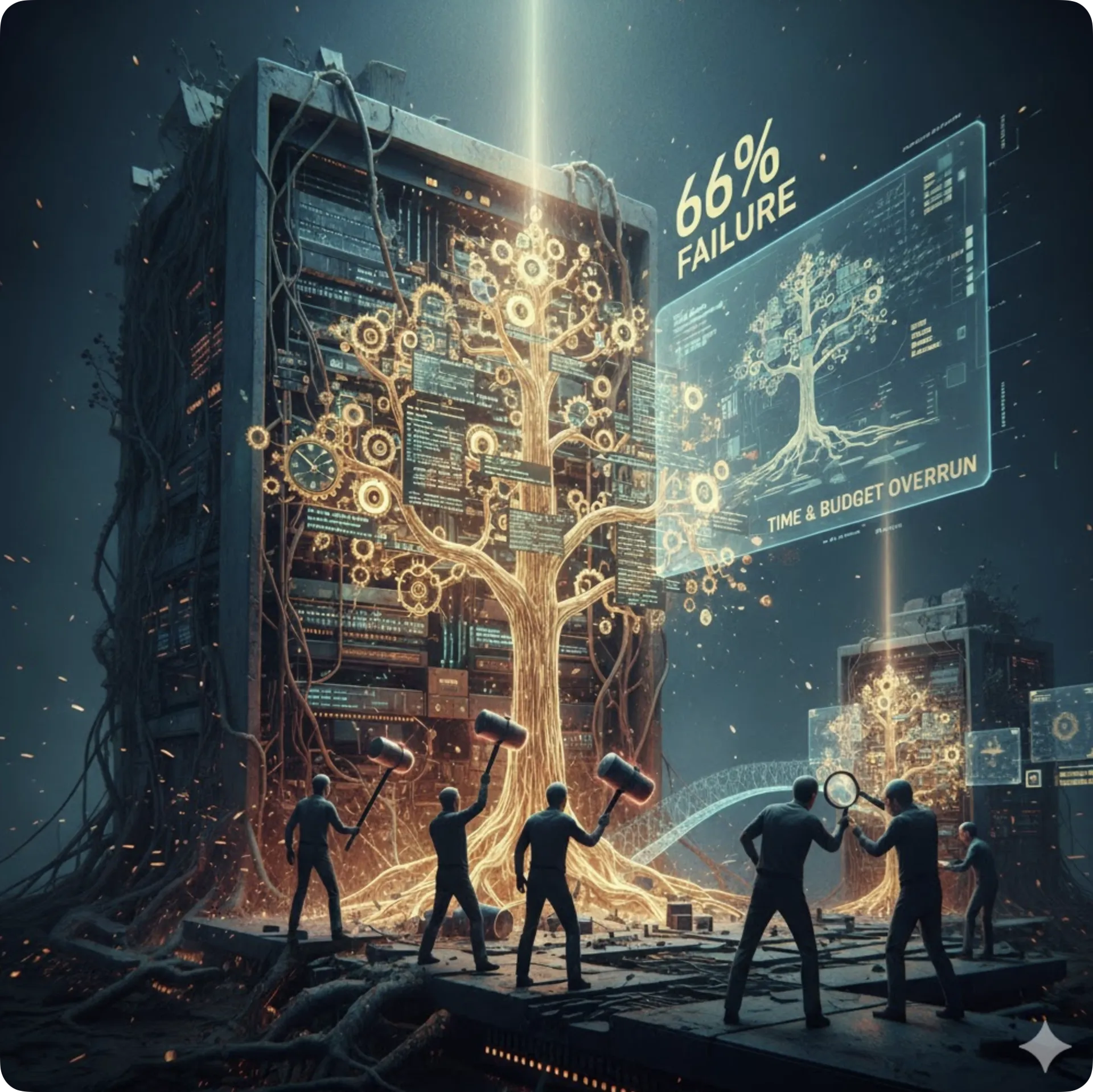When Your Compliance Officer Asks "How Does That Fee Actually Get Calculated?" – And You're Not Sure You Know
You've been there. Maybe it was during an OCC exam prep meeting. Maybe it was a Dodd-Frank compliance review. Or perhaps it was when your Chief Compliance Officer forwarded you yet another regulatory update with a yellow-highlighted section and a simple question: "Do we do this? Where?" And you f...





